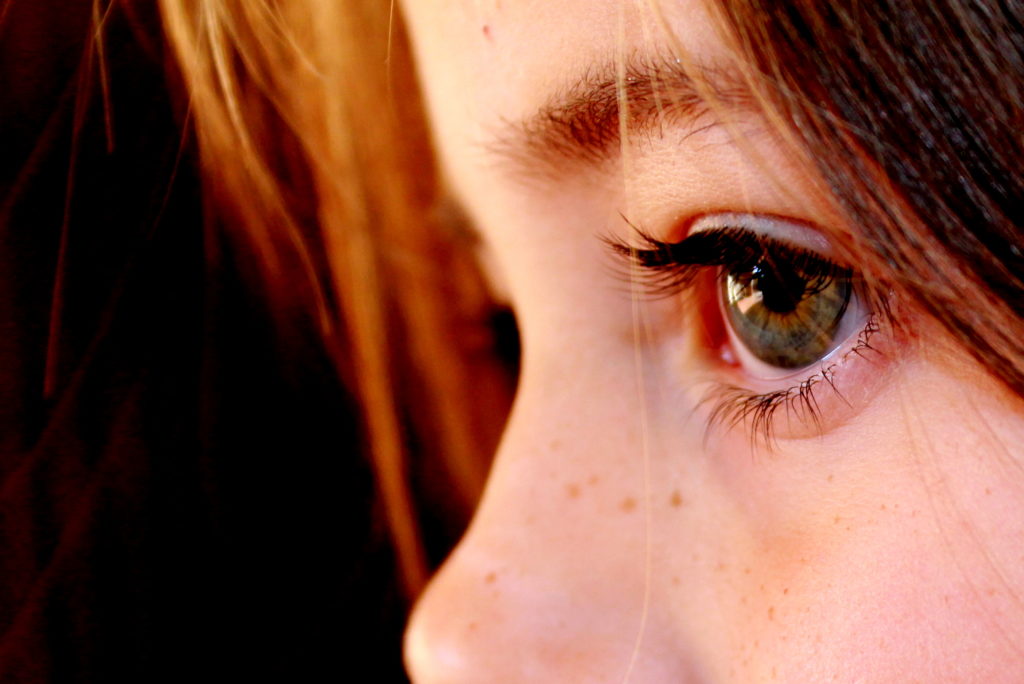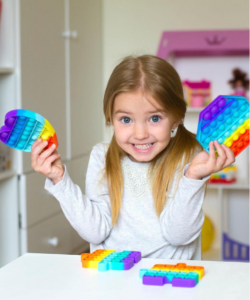With grief, sadness is obvious. With trauma, the symptoms can go largely unrecognized because it shows up looking like other problems: frustration, acting out, difficulty concentrating, following directions or working in a group. Often students are misdiagnosed with anxiety, behavior disorders or attention disorders, rather than understanding the trauma that’s driving those symptoms and reactions.
Here are some tips for understanding kids who have been through trauma, plus strategies for helping them.
1. Kids who have experienced trauma aren’t trying to push your buttons.
If a child is having trouble with transitions or turning in a folder at the beginning of the day, remember that children may be distracted because of a situation at home that is causing them to worry. Instead of reprimanding children for being late or forgetting homework, be affirming and accommodating by establishing a visual cue or verbal reminder to help that child. “Switch your mind-set and remember the kid who has experienced trauma is not trying to push your buttons,” says Soma.
2. Kids who have been through trauma worry about what’s going to happen next.
A daily routine in the classroom can be calming, so try to provide structure and predictability whenever possible. Since words may not sink in for children who go through trauma, they need other sensory cues, says Soma. Besides explaining how the day will unfold, have signs or a storyboard that shows which activity—math, reading, lunch, recess, etc.—the class will do when.
3. Even if the situation doesn’t seem that bad to you, it’s how the child feels that matters.
Try not to judge the trauma. As caring teachers, we may unintentionally project that a situation isn’t really that bad, but how the child feels about the stress is what matters most. “We have to remember it’s the perception of the child … the situation is something they have no control over, feeling that their life or safety is at risk,” says Soma. It may not even be just one event, but the culmination of chronic stress—for example, a child who lives in poverty may worry about the family being able to pay rent on time, keep their jobs or have enough food. Those ongoing stressors can cause trauma. “Anything that keeps our nervous system activated for longer than four to six weeks is defined as post-traumatic stress,” says Soma.
4. Trauma isn’t always associated with violence.
Trauma is often associated with violence, but kids also can suffer trauma from a variety of situations—like divorce, a move, or being overscheduled or bullied. “All kids, especially in this day and age, experience extreme stress from time to time,” says Soma. “It is more common than we think.”
5. You don’t need to know exactly what caused the trauma to be able to help.
Instead of focusing on the specifics of a traumatic situation, concentrate on the support you can give children who are suffering. “Stick with what you are seeing now—the hurt, the anger, the worry,” Soma says, rather than getting every detail of the child’s story. Privacy is a big issue in working with students suffering from trauma, and schools often have a confidentiality protocol that teachers follow. You don’t have to dig deep into the trauma to be able to effectively respond with empathy and flexibility.
*Excerpted from the Childhood Trauma Blog Series with Dr. Caelan Soma, 10 Things About Childhood Trauma Every Teacher Needs to Know.








